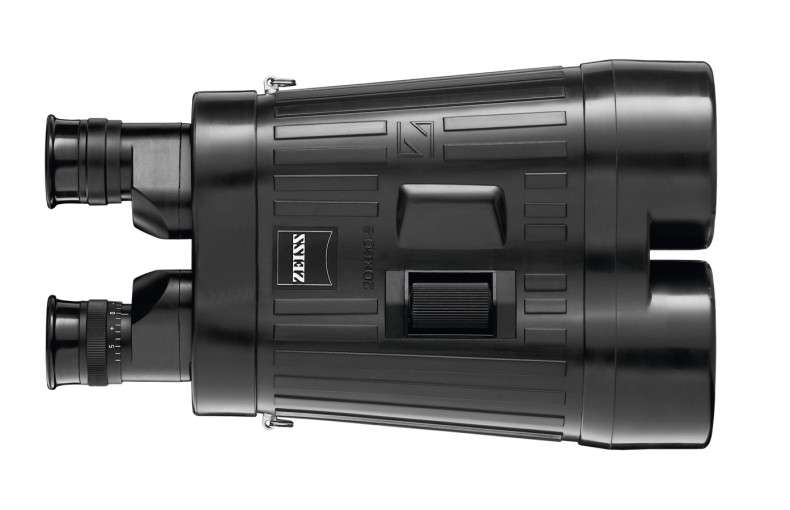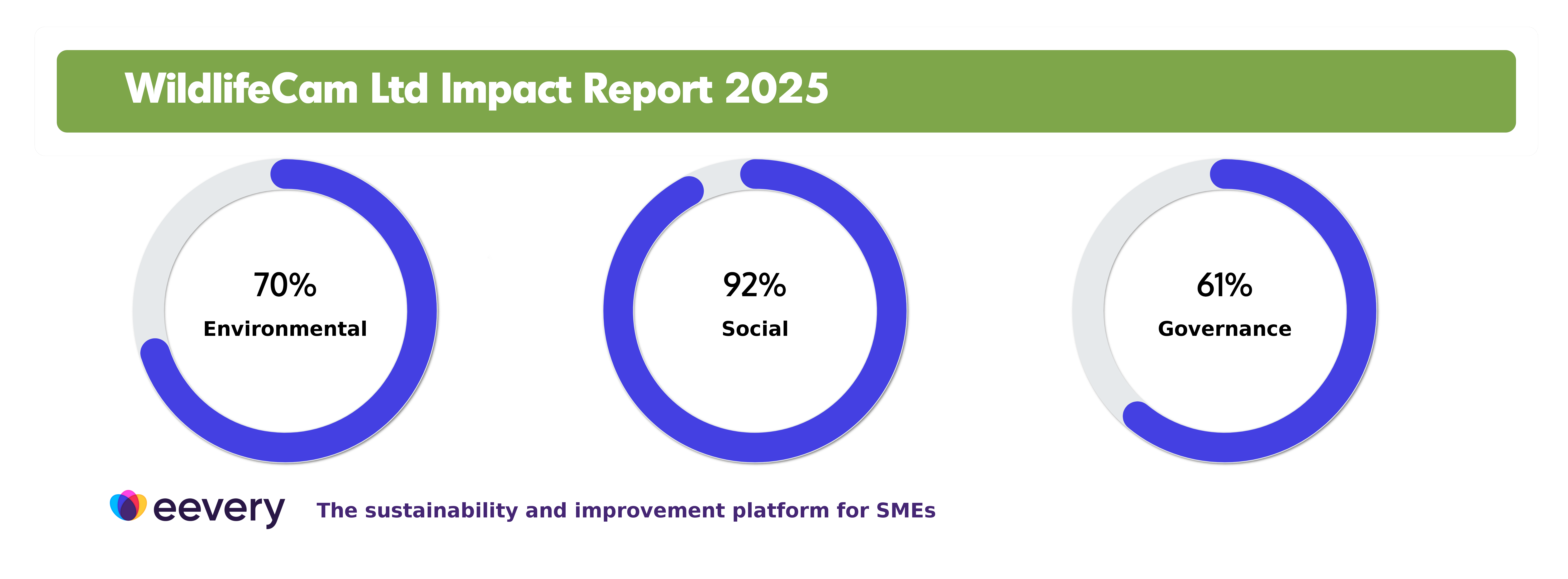The range of quality binoculars on the market is vast, and different specification details aren’t always clear. When comparing binoculars, it helps to understand features such as objective lens size, magnification, close focus range and lens coatings. This binocular buying guide will explain the most important features and help you choose the best binoculars for your needs.
To make choosing binoculars easier, understand and compare these features. The clearest images come with large, high-quality lenses and good magnification.
In all optics, the objective lens is the larger lens that light enters before hitting the prisms. Binoculars have two objective lenses of equal size, which may be anywhere from 30 - 60mm in diameter.
The size is always the diameter of the lens (the longest width of the circle) and is the second number in the product details, in millimetres (e.g. 42 in 10x42).
As the main use of binoculars, magnification is the most important specification to consider.
Binocular magnification ranges from 8x to 20x and multiplies the image seen with the naked eye by that amount.
Magnification is the first number in the product details (e.g. 10x in 10x42).
Highest magnification: Zeiss 20x60 S Binoculars

However, bigger doesn’t always mean better. Aside from limiting how close your subject can be, 20x can appear very shaky, as any movement is magnified as much as the image. Use a tripod-mounted binocular with a high magnification if you are observing over 100m away, such as in coastal regions.
Our Suggestion: 8x - 10x Binoculars
For most wildlife observation, 8-10x magnification is plenty. You’ll be able to see birds in trees nearby or a fox on the other side of a field, with reasonable clarity.
We recommend:
Today’s binoculars use highly technical coatings to optimise the performance of each lens and prism. Coatings can reduce reflections and lens fogging, resist water or scratches, or improve light transmission.
Products are listed as coated or fully coated , meaning that some or all of the external glass is coated. Multi-coated lenses have more than one layer of coating applied to enhance multiple properties.
Each manufacturer will use differing patented lens coatings to differentiate the quality of their brand. For example, Zeiss adjusts their T* Coating layers “to suit new glass materials and requirements” for optimal light transmission and anti-reflection properties.
The most effective coatings are expensive and can be difficult to apply evenly. This makes up a large part of the cost of premium binoculars and greatly improves the experience. Manufacturers are beginning to include protective coatings on their mid-range binoculars , so consider this when budgeting.
Best Multi-coated Binoculars
When holding binoculars up to the eyes for long periods, or carrying them on a neck-strap, you begin to notice the weight. Opt for binoculars made from low-density materials such as magnesium, or compact models designed to maintain quality in a smaller body.
Maven Opticsuses magnesium housing as a standard for their binoculars; their binoculars average 800g.
For long expeditions, small backpacks or packing light, compact binoculars are a good investment. Manufacturers appreciate the appeal of powerful lenses and prisms in a small package. Compact binoculars usually weigh less than 700g so are much easier to hold for extended periods.
Best Compact Binoculars
The flip side of magnification is the close focus range of binoculars. The close focus is the closest that objects will appear in focus. For bird-watching and most nature spotting, 3m is close enough, as you’re unlikely to get closer to a wild animal.
The closest focusing distance available in our range is 1.5m, from Zeiss Victory SFL, which is ideal for butterflies and dragonflies.

Eye relief is the furthest distance your eye can be from the eyepieces while still viewing a clear image. For people with glasses, binoculars with a longer eye relief (<14mm) allow room for your glasses.
Adjustable Diopters let you compensate for poor eyesight by changing the distance between the eyepiece and the prism.
Materials in the binoculars can affect your experience. For example, binoculars made from aluminium are heavier than those made from magnesium. A rubber coating on the body can insulate binoculars from the cold and make them more pleasant to hold in icy weather.
The Bridge might have single or double hinges. This section connects the binocular tubes and lets you adjust the distance between eyecups.
Double hinges on a closed bridge let you fold the binoculars much smaller, while
If the magnification is 10x or more, or your hands tend to shake, a tripod is a useful tool to stabilise the image. Most premium binocularshave a universal tripod adapter, which accommodates the screw fittings commonly used to attach cameras or spotting scopes.
From this point, you can pan horizontally with the binoculars to find birds or wildlife on the ground. The tripod will hold the binoculars in position while you take notes or share what you’ve seen with others.
A staple in any observer’s equipment, binoculars are worth investing in for quality optics that last well.
Now that you know the relevant specifications to compare, you can confidently explore our range of binoculars.
For any further questions about our products or deliveries, Contact Wildlife Cam or Search our FAQs for more support.


WildlifeCam Ltd is a credit broker, not a lender, and is authorised and regulated by the Financial Conduct Authority No 997540
We do not charge for credit broking services, we introduce you exclusively to Klarna
Shop and pay the Klarna way - join 150 million customers and choose flexible payments, lightning-fast checkout and secure shopping at WildlifeCam Ltd.
For more information please click here.